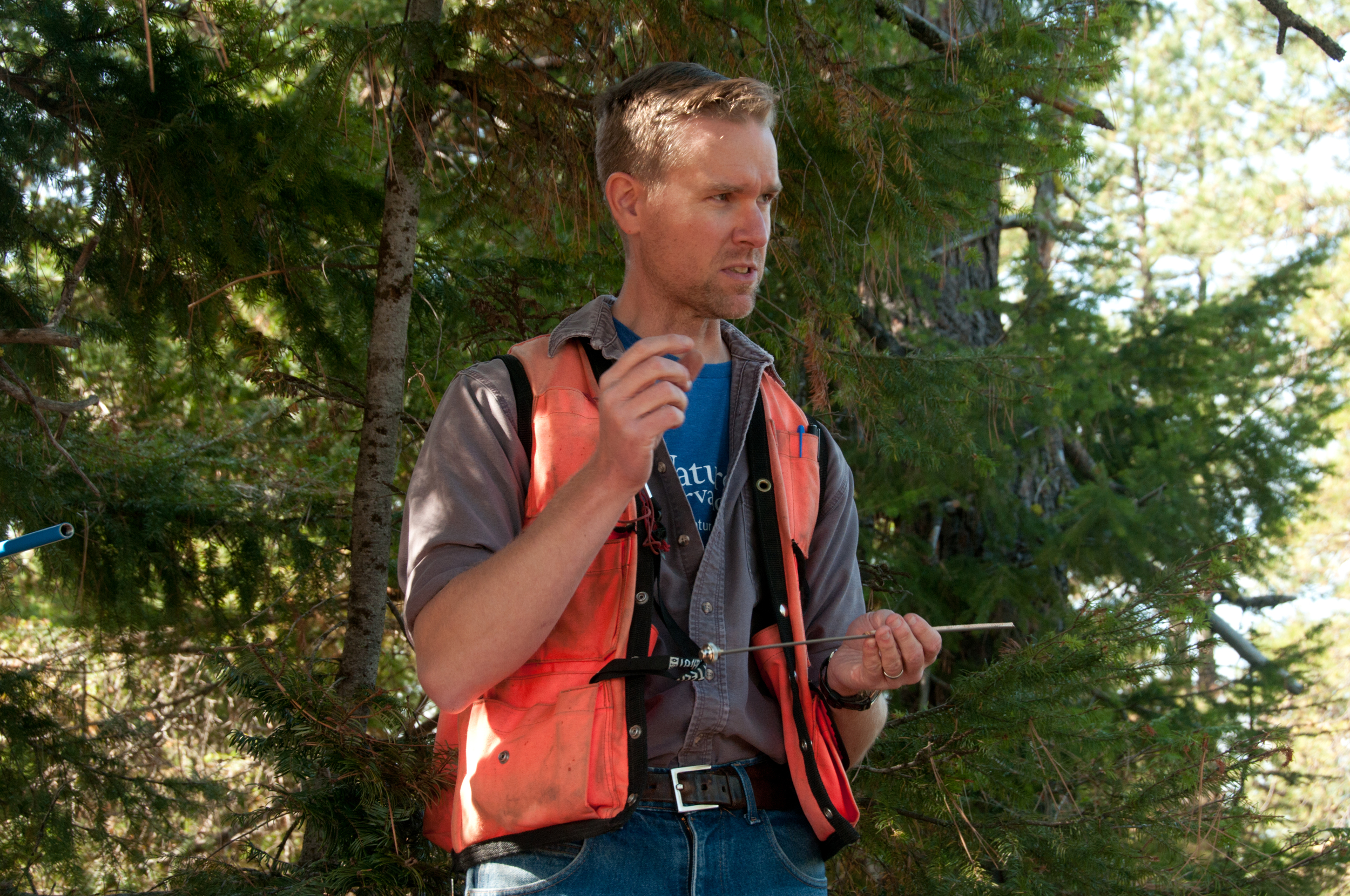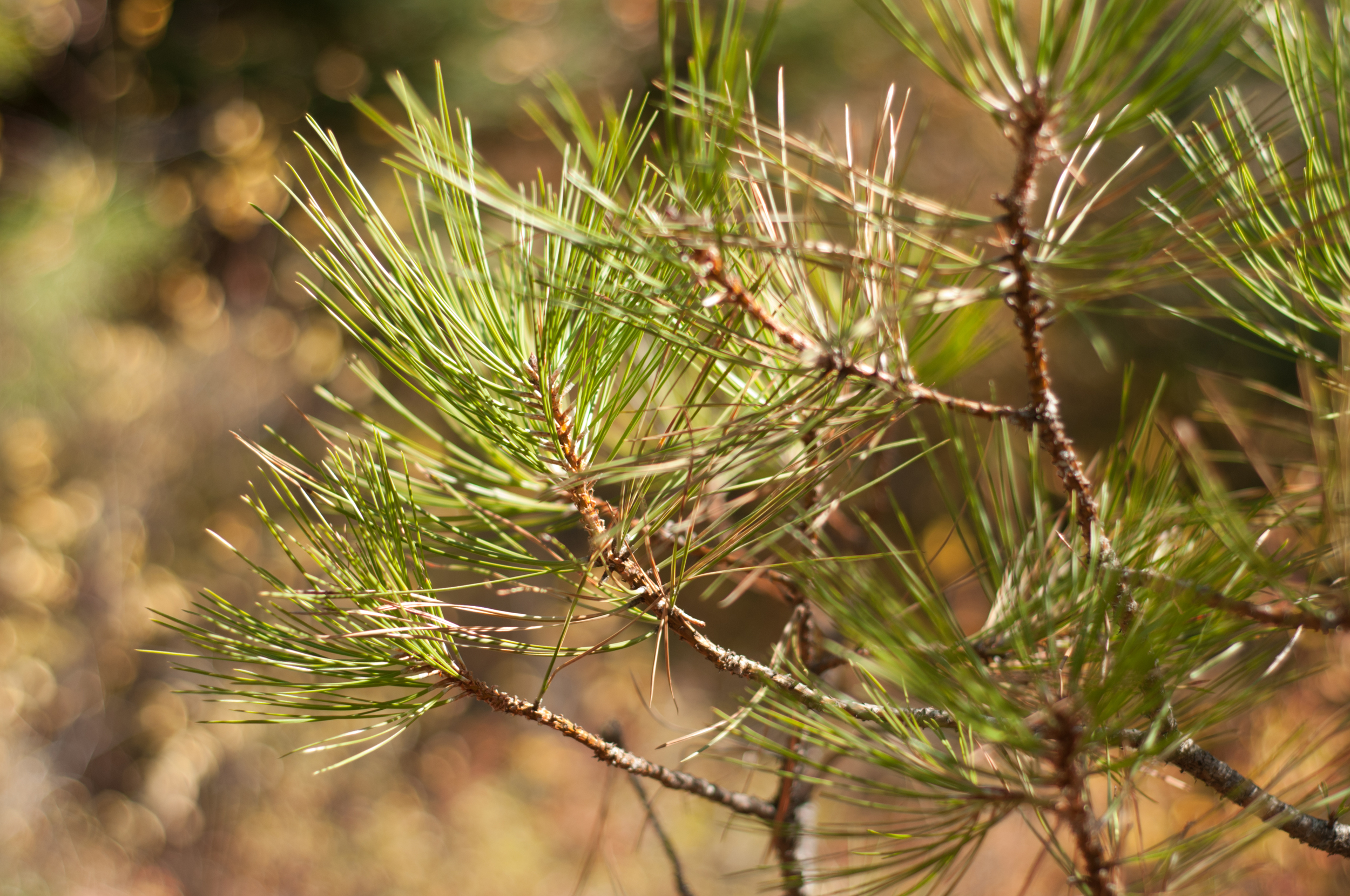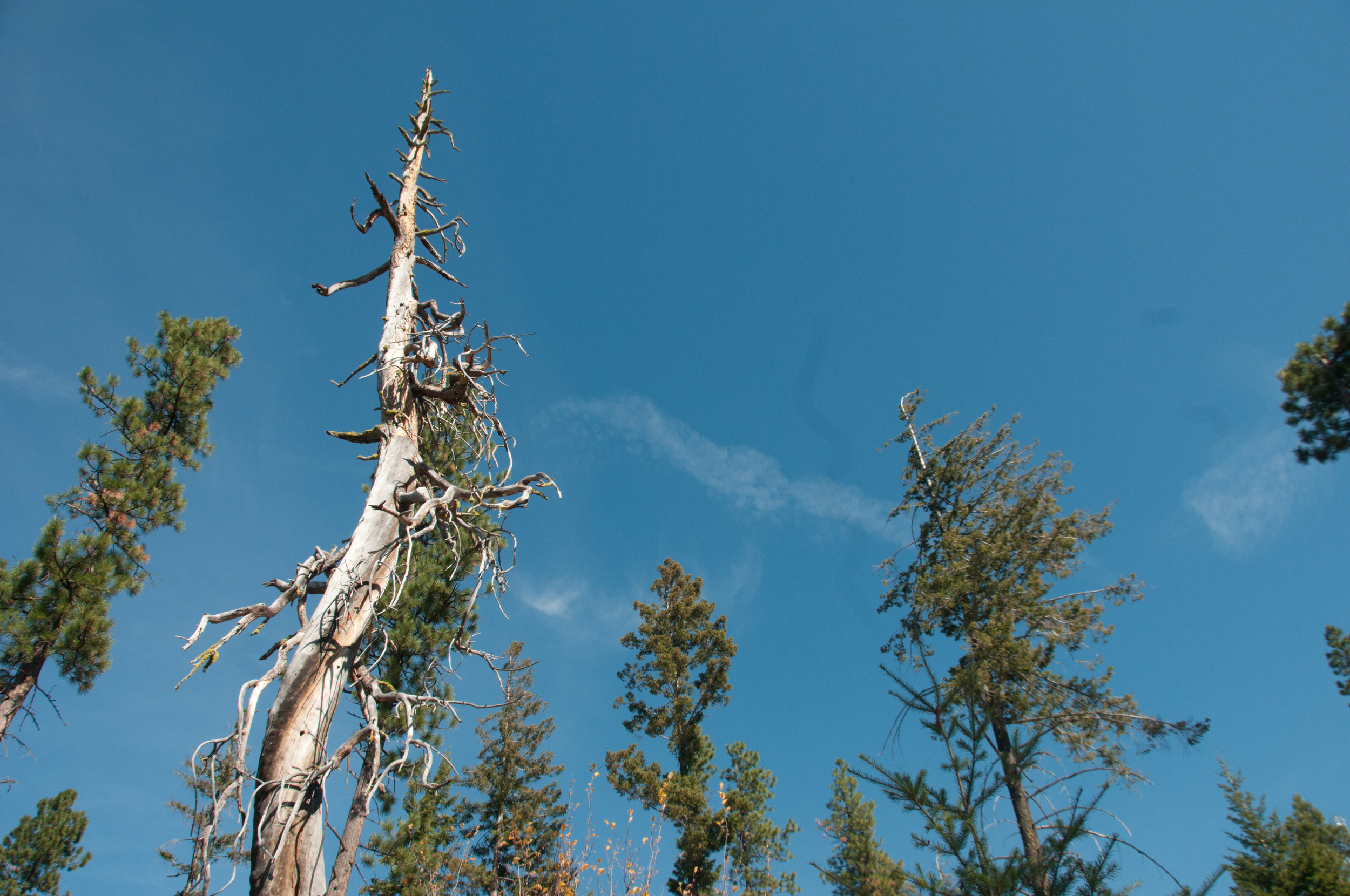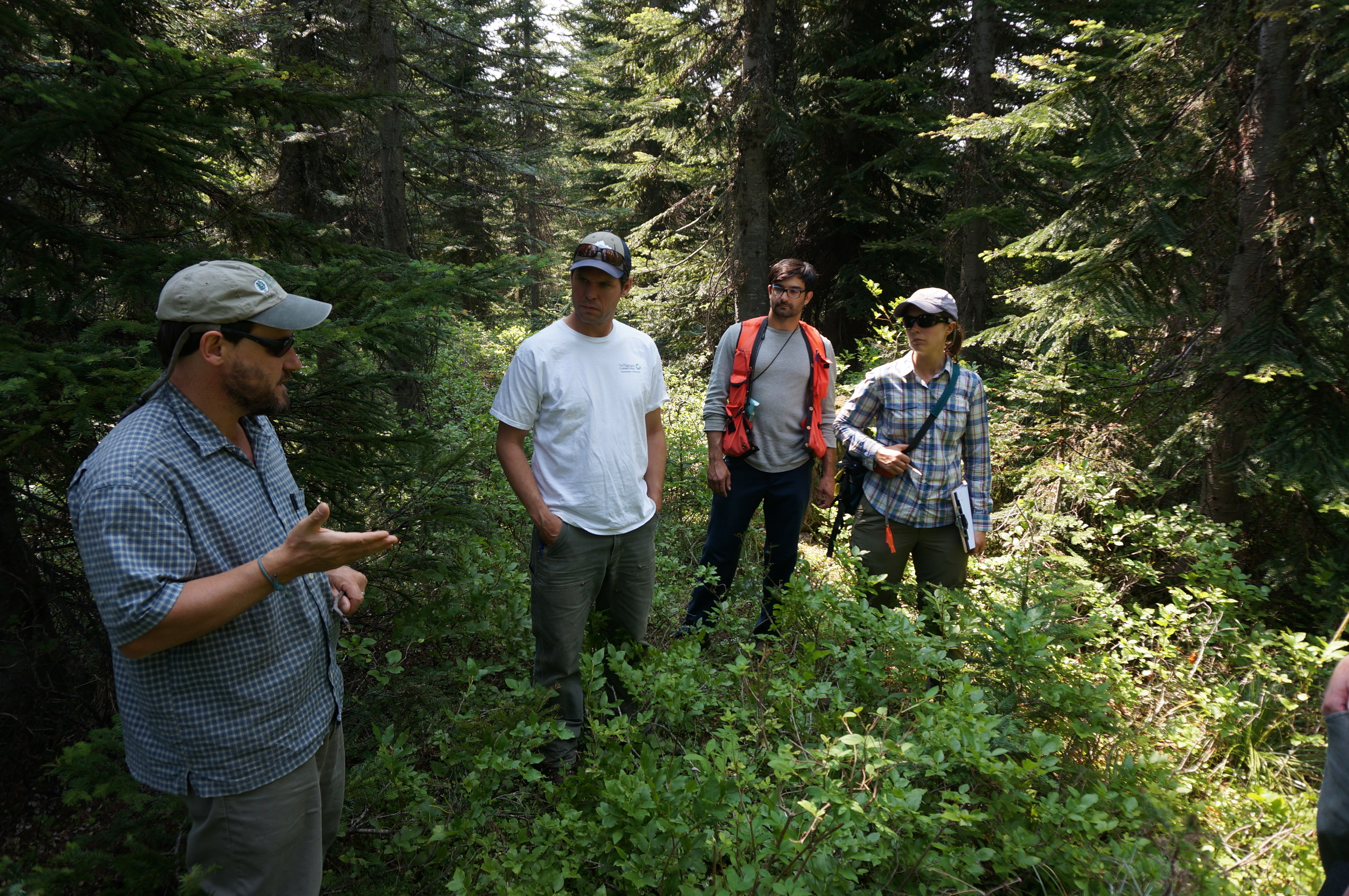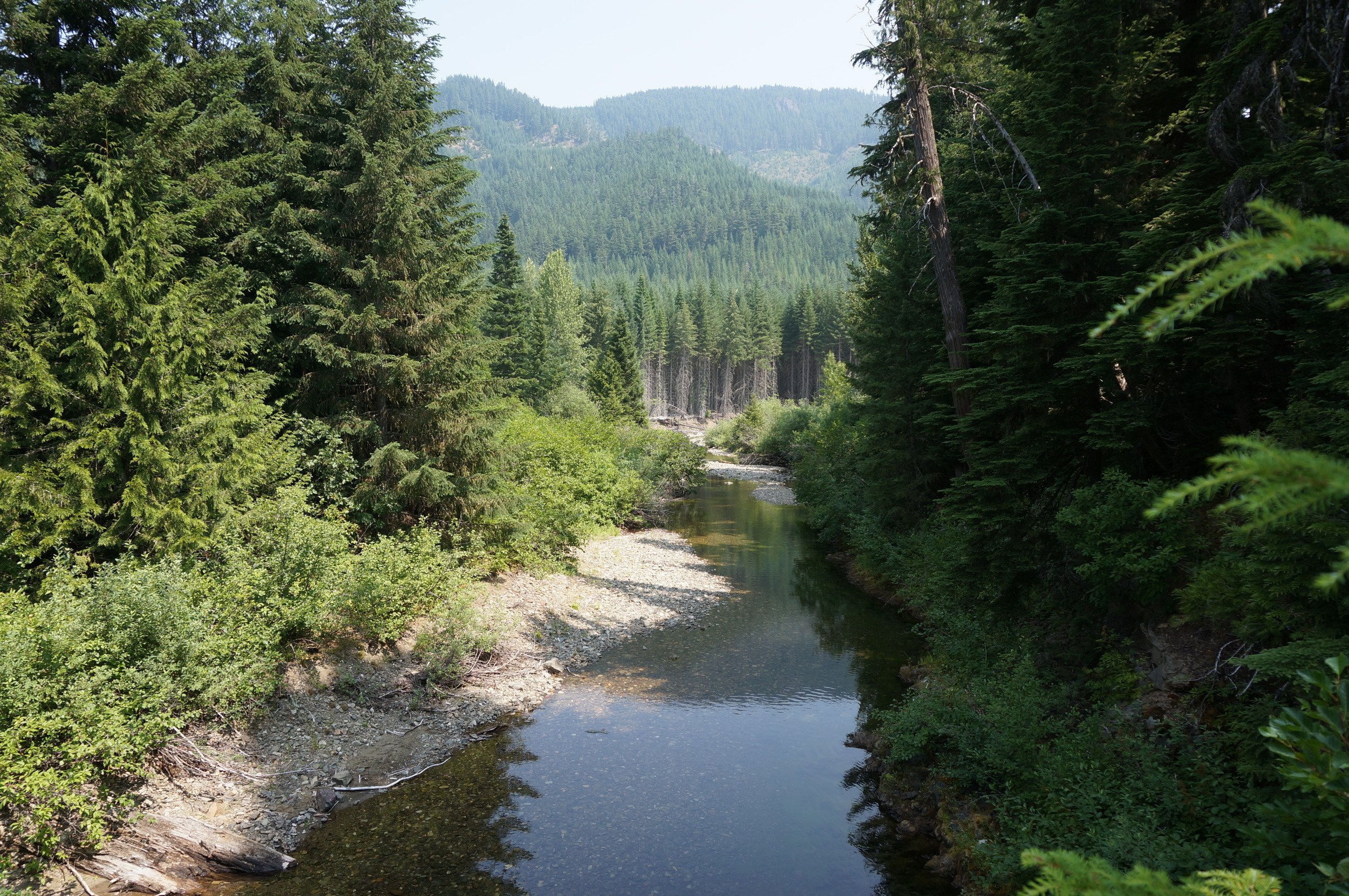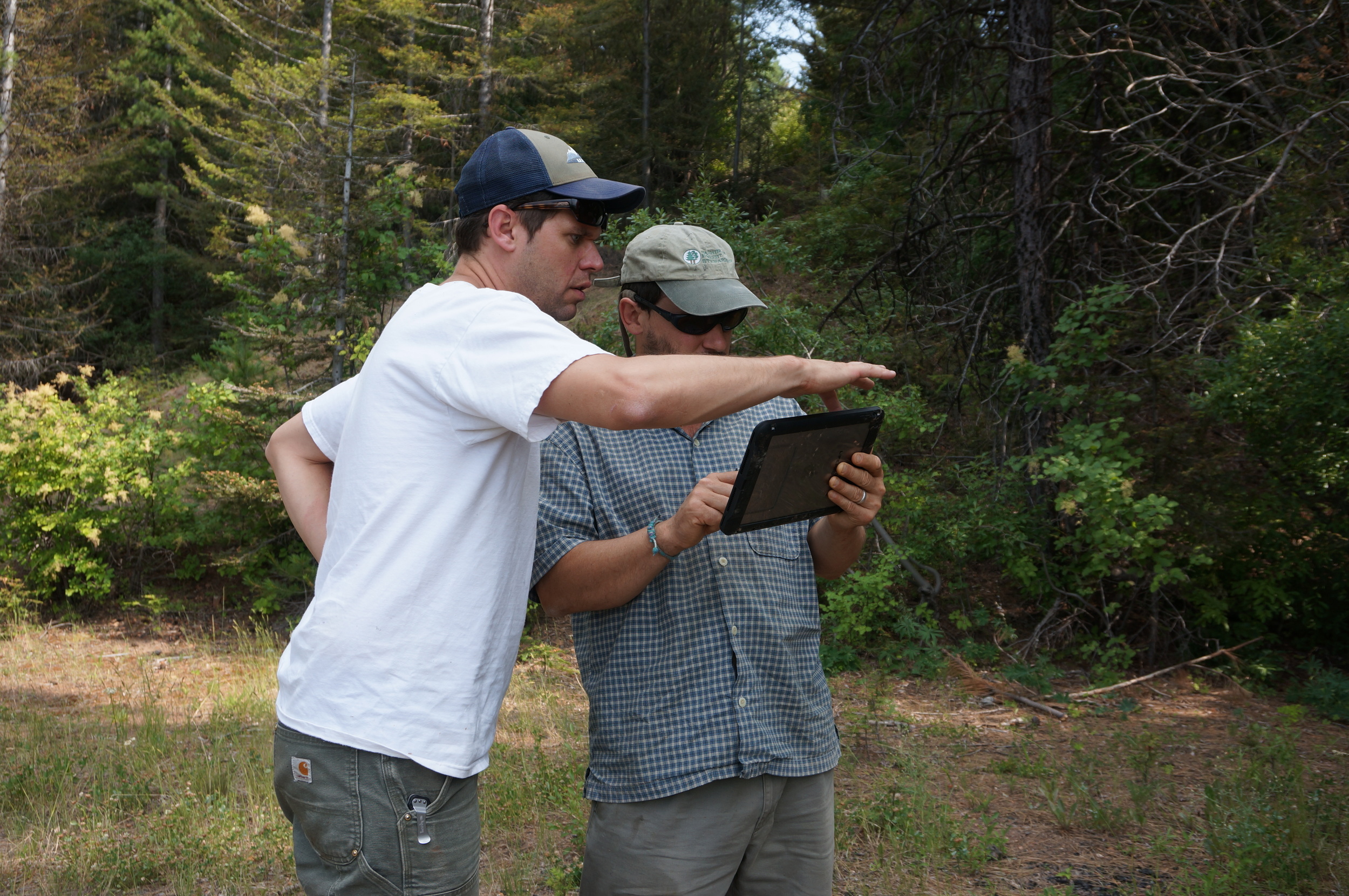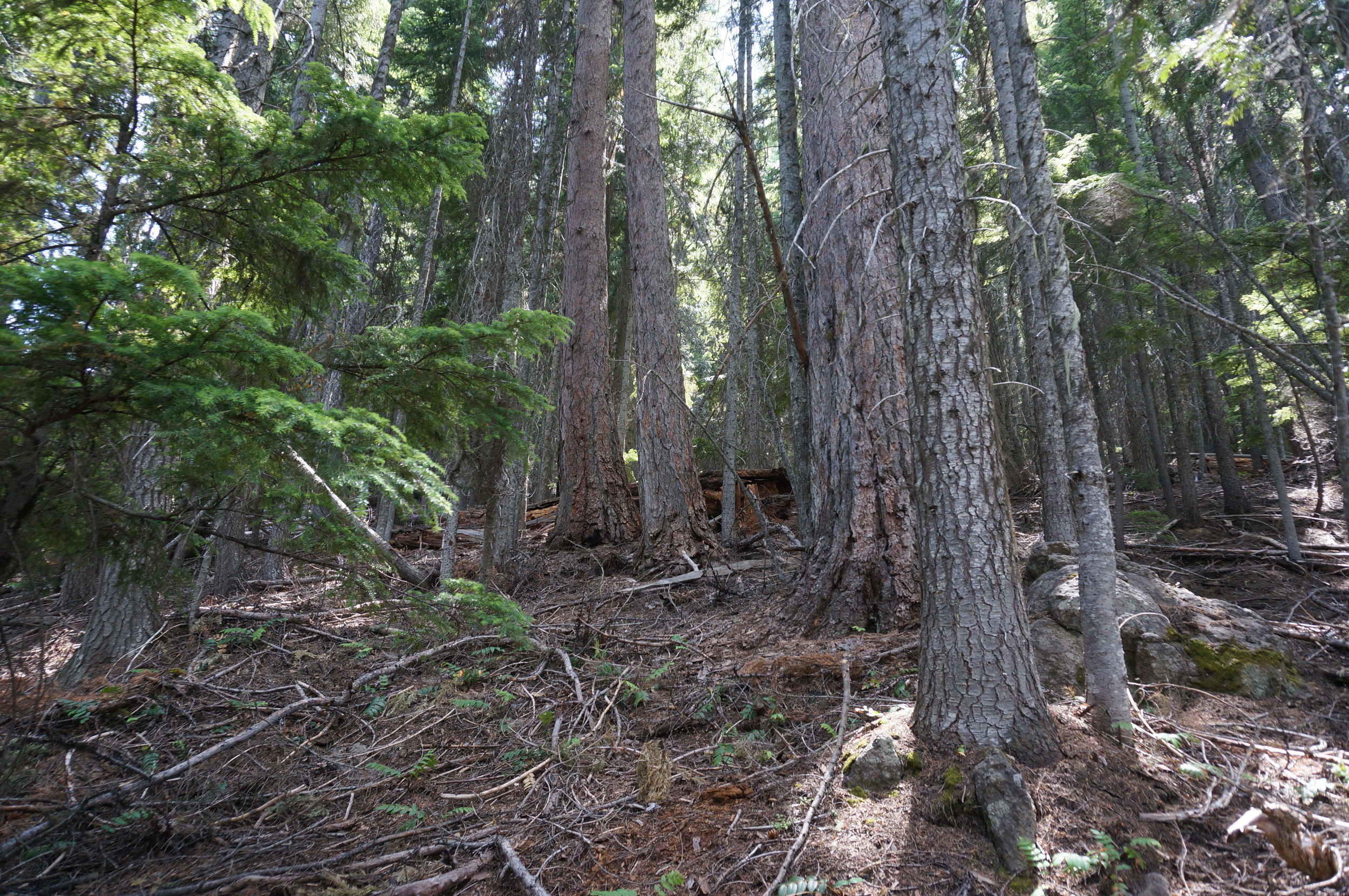Written by Brian Mize, Field Forester
Photographed by Hannah Letinich, Volunteer Northwest Photographer
My feet are cold and damp. My jeans are fighting my belt with the weight of water as I follow a line of faded pink flagging through the brush. It has been a historically dry year, and I’ve missed the sound of rain falling through trees.
It is a good day to be a forester.
I am scrambling down the hill toward Dingbat Creek, a tributary to the West Fork of the Teanaway River. This is a small piece of TNC’s Central Cascades acquisition in Kittitas County. The previous owner, Plum Creek, had identified this hillside of trees for harvest. They flagged the boundaries, buffered the streams, submitted a forest practice application, and named the project “Shaft” (not in homage to a famous 70’s detective, but a reference to a large air shaft that remains onsite, which allowed coal miners to breathe in the tunnels below).
Despite all the prep work, Plum Creek did not harvest this slope before the acquisition. That is why I’m here, soaking wet, observing the current condition of this forest, thinking about the future, and asking a simple question, “Should we intervene, or let it be?” Halfway down the hill, I answer this question for myself when I begin replacing the faded flagging with fresh replacements. I understand doing nothing is always an option, but I have worked in the woods long enough to see that thoughtful, pragmatic and farsighted managers can achieve Aldo Leopold’s assertion that “a thing is right when it tends to preserve the integrity, stability, and beauty of the biotic community.” Washington can have healthy, resilient forests that provide clean air, water and wildlife habitat. We can build sustainably vibrant rural economies that create jobs in the woods and mills. There is much work to be done, and I know TNC is committed to this vision. I’m proud to be a small part of it.






